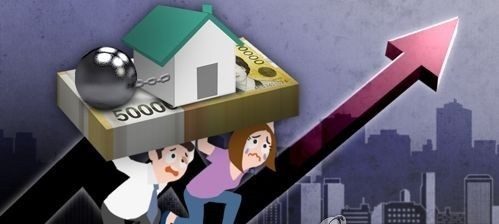Households with loans use about a third of their disposable income on debt repayment, statistics showed Thursday, undermining efforts to spur consumption through spending.
The National Assembly Budget Office analyzed figures provided by Statistics Korea and found that a household with loans on average had 46.35 million won ($40,147) in disposable income last year, of which 15.48 million won, or 33.4 percent, was used to pay back principal on loans.
 |
(Yonhap) |
It was the first time that the ratio surpassed 30 percent, although it has been escalating continuously in recent years. The proportion was 24.5 percent in 2013, and rose to 27.3 percent in 2014 and to 29.7 percent in 2015.
Statistics showed that while disposable income increased 33.8 percent over the past six years, the amount of loan principal repayment jumped 87.4 percent. Household debts had nearly doubled from 700 trillion won in 2009 to 1,300 trillion won last year.
Some economists say the phenomenon is related to how the loans are being repaid. Compared with 2010, when only 6.4 percent of household debts were being paid back in installments instead of lump sums, the figure reached 45.1 percent last year. This has forced families to sustain the debt burden on a monthly basis, they say.
"An increase in household loans can in the short term raise liquidity and spike private consumption, but at the same time, there is a possibility that a heavier debt repayment burden will erode consumption," the budget office said. "There has been a trend since 2012 that as the amount of loan principal repayment increased, the average spending propensity decreased." (Yonhap)








